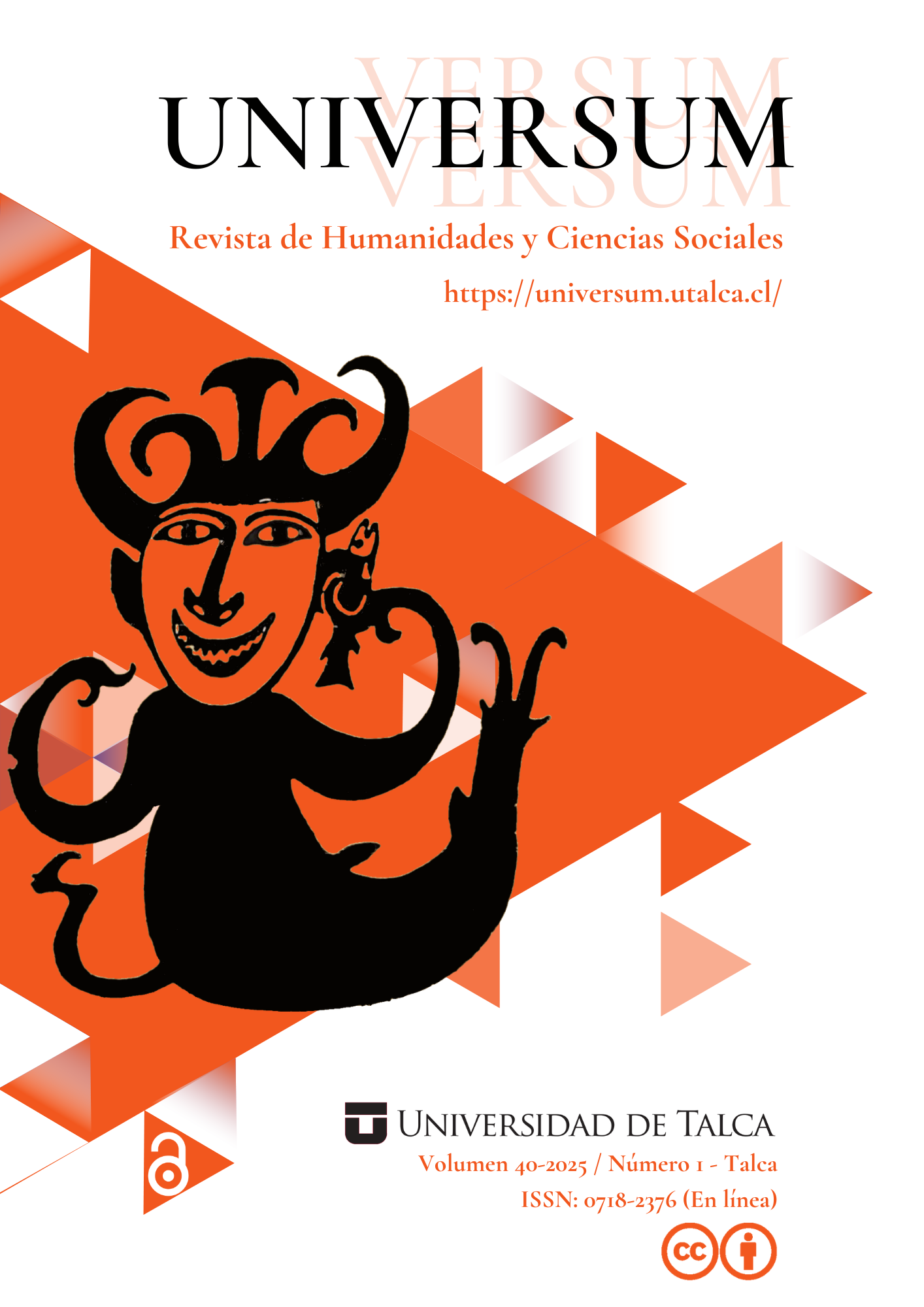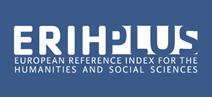Abstract
The text will expose the basis of the notion of piety postulated by Maria Zambrano in relation to the Greek idea of aidós; for this purpose, we will start from a minimal description of aidós in two classical examples, namely, the Apollo-Hector relationship in canto XXIV of the Iliad and the Artemis-Hippolytus relationship in Euripides' Hippolytus. Once the concept is framed, we will move on to Maria Zambrano's approach in El hombre y lo divino; we will make a description of the structure of the work up to the point where it deals with the notion of piety, in Greek seat from the texts of the first Plato and according to the treatment linked to the mission of Socrates in the city. Finally, we will describe the religious function of tragedy as an "office of piety". Having presented the concept in a philosophical and religious context, we will now move on to analyze the author's approach to the space that piety occupies in philosophy, its original belonging, but its historical disengagement. As a coda, the author exemplifies this uprooting of the original vision in La tumba de Antígona. This work revisits the explanations of the Sophoclean myth and exposes its interpretation of piety.
References
Bailly, A. (2000). Dictionnaire grec-français. Hachette.Blanco Martínez, R. y Ortega Muñoz, J. F. (1997). María Zambrano (1904- 1991). Ediciones del Orto.
Chantraine, P. (1968). Dictionnaire étymologique de la langue grecque. Klincksieck.
Colinas, A. (2019). Sobre María Zambrano. Misterios encendidos. Siruela.
de Romilly, J. (2010). La Grecia antigua contra la violencia. Gredos.Eurípides (1991). Tragedias I. Introducción, traducción y notas de Alberto Medina González y Juan Antonio López Férez. Gredos.
Festugière, A. J. (1986). La esencia de la tragedia griega. Ariel.
Guy, A. (1985). Historia de la filosofía española. Anthropos.
Homero (2005). Ilíada. Introducción y notas de Rubén Bonifaz Nuño. Universidad Nacional Autónoma de México, Bibliotheca Scriptorum Graecorum et Romanorum Mexicana.
Liddell, H. G. y Scott, R. (1940). A greek–english lexicon. Novena edición revisada por H. S. Jones et al. Oxford.
Maillard, Ch. (1992). La creación por la metáfora. Introducción a la razón-poética. Barcelona. https://doi.org/10.22201/cieg.2594066xe.1993.7.1649
Ortega Muñoz, J. F. (2004). (ed.). María Zambrano: Raíces de la cultura española. Fundación Fernando Rielo.
Ortega Muñoz, J. F. (2006). María Zambrano. Argural.
Ortega y Gasset, J. (2022). Estudios sobre el amor. Edaf.
Otto, W. (2007). Teofanía, El espíritu de la antigua religión griega. Sexto Piso.
Pascual Gutiérrez, A. (2020). Antígona: Mujer y Democracia. Aproximación a La tumba de Antígona de María Zambrano. ANTÍGONA Revista de fundación María Zambrano, 8, 91-100.
Rodríguez García, M. (2020). María Zambrano y Antígona: la tragedia como espacio de resistencia femenino. ANTÍGONA Revista de la Fundación María Zambrano, 8, 147-154.
Sánchez-Gey Venegas, J. (2000). La piedad: sentimiento religioso en María Zambrano. Estudios Filosóficos, 140, 115-123. https://bit.ly/4iRRMGv
Sanchís, J. (1994): Desde la tumba de Antígona. Asparkia: Investigació Feminista, 3, 75-89.
Steiner, G. (1987). Antígonas: Una poética y una filosofía de la lectura. Gedisa.
Steiner, G. (1991). La muerte de la tragedia. Monte Ávila Latinoamericana.
Zambrano, M. (1965). El sueño creador. Mondadori.
Zambrano, M. (1967). La tumba de Antígona. Siglo XXI.
Zambrano, M. (1986). De la aurora. Turner.
Zambrano, M. (1987). Hacia un saber sobre el alma. Alianza.
Zambrano, M. (1989a). La reforma del entendimiento. En: Senderos (pp.73-80). Anthropos. Zambrano, M. (1989b). Para una historia de la piedad. Torre de las Palomas.
Zambrano, M. (1996). Persona y democracia. Siruela.
Zambrano, M. (2002). Cartas de La Pièce. Correspondencia con Agustín Andreu. Pre-Textos. Zambrano, M. (2020). El hombre y lo divino. Alianza

This work is licensed under a Creative Commons Attribution-NonCommercial 4.0 International License.
Copyright (c) 2025 Universum (Talca. Online)












